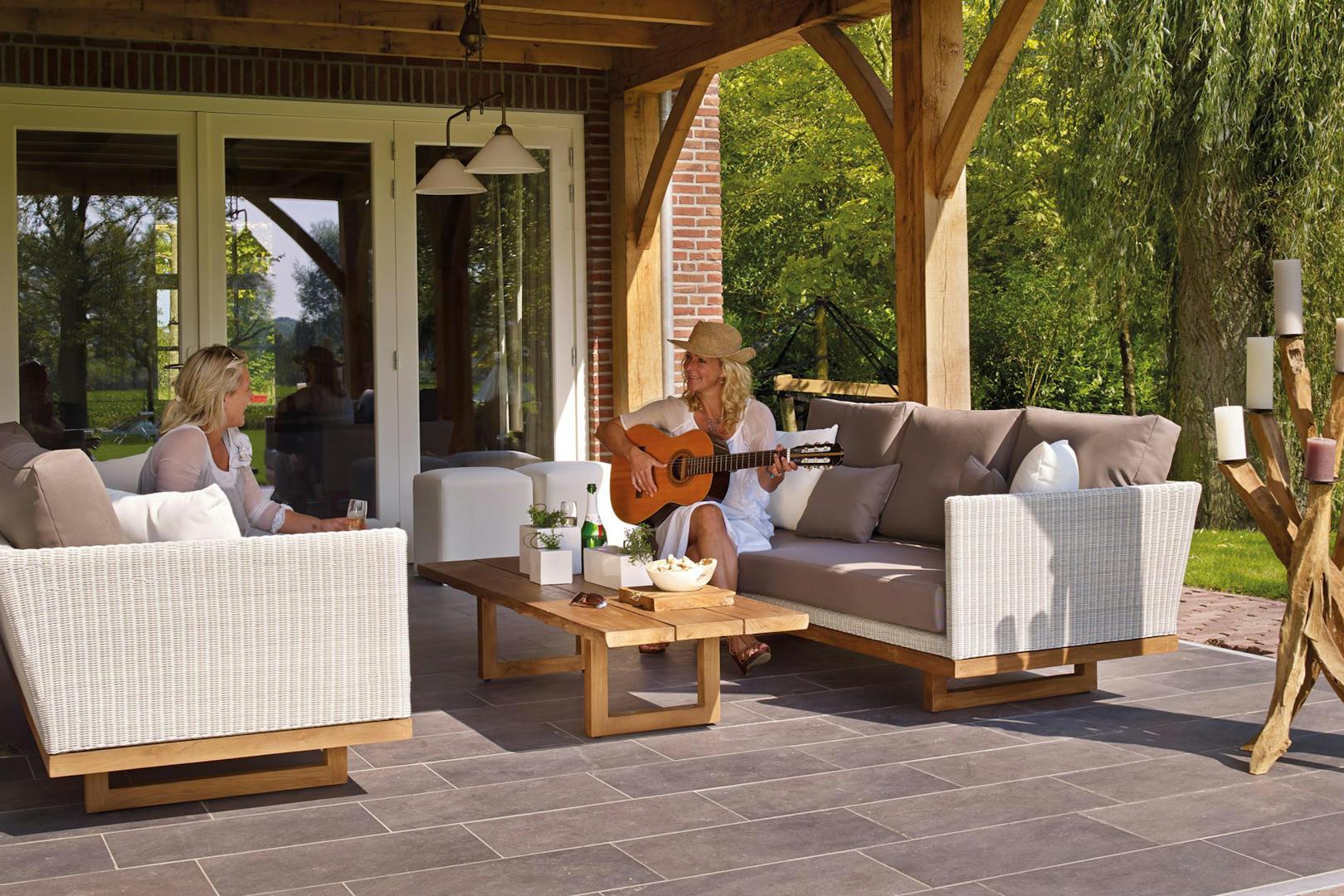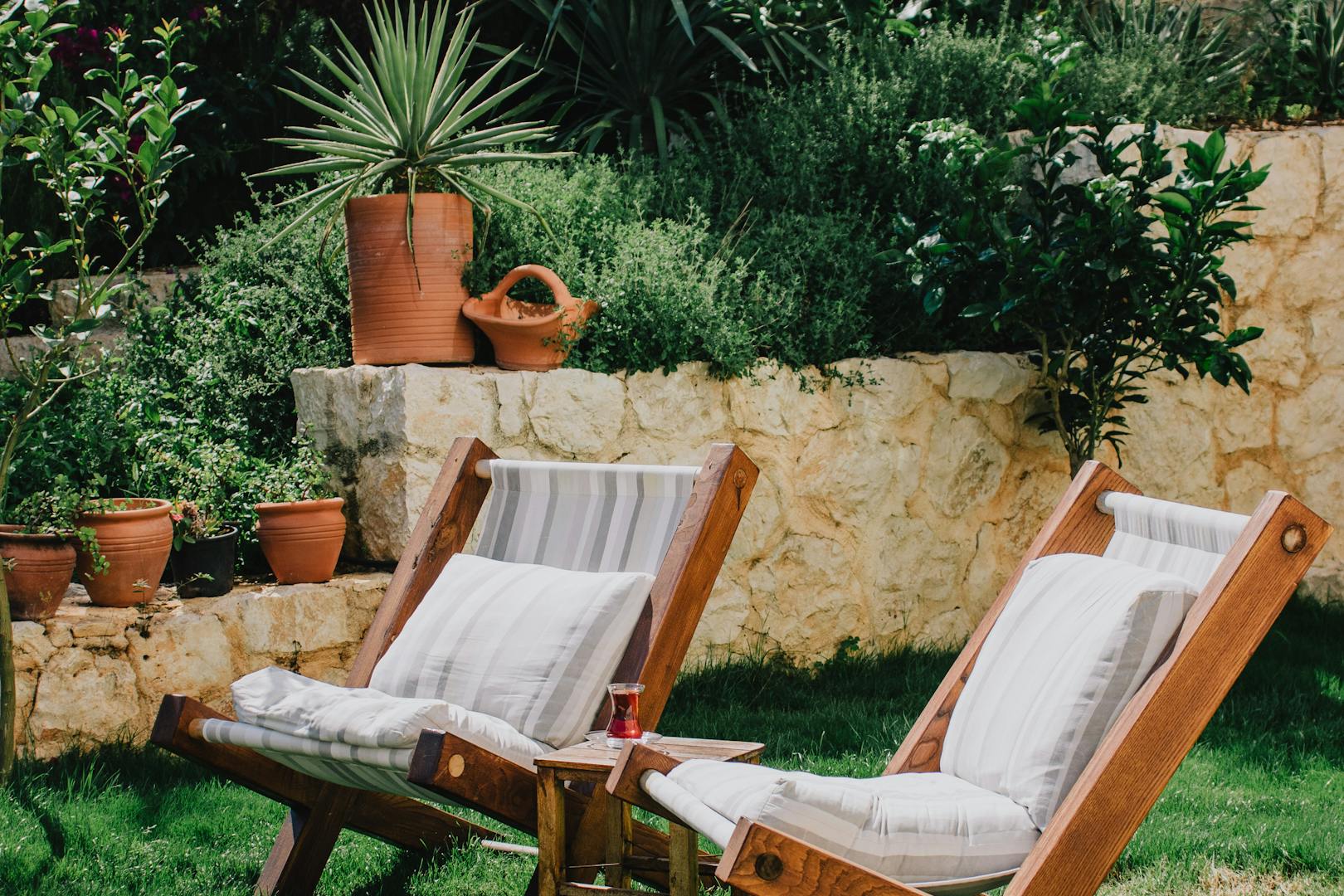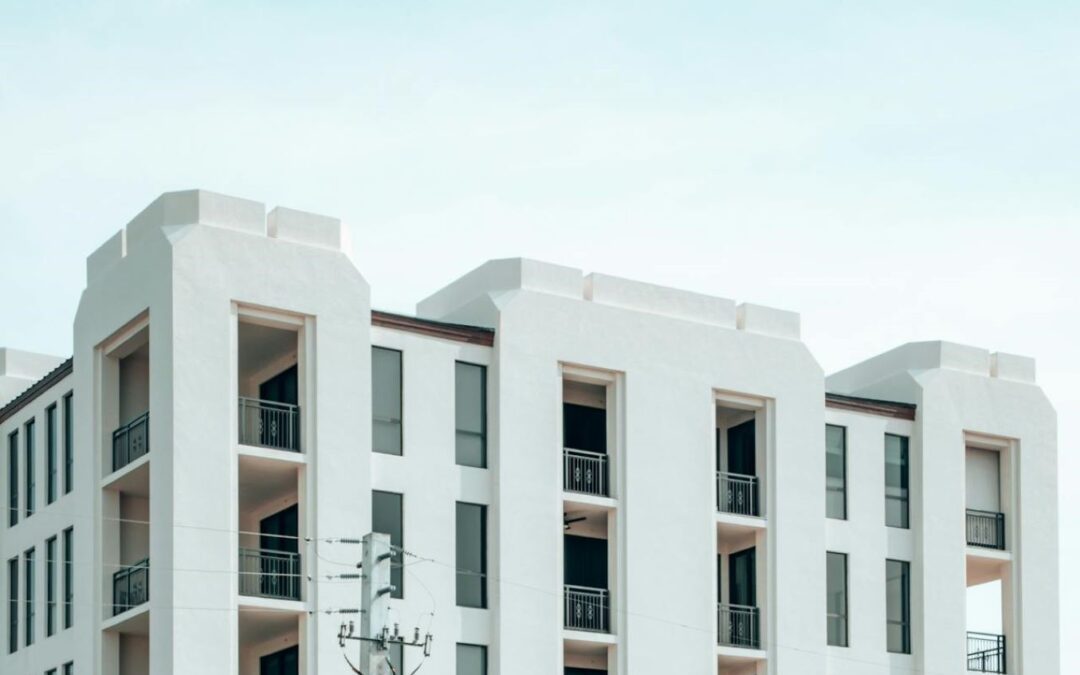A south-facing garden is often a coveted feature for home buyers and a valuable selling point for property owners, and it’s easy to see why. Abundant sunlight, extended growing seasons, and higher property values make these gardens highly desirable!
We’ll explore everything about south-facing gardens, helping you figure out which direction your garden is facing, how much garden direction impacts property value, and much more.
- What is a south-facing garden?
- How do you know which direction your garden is facing?
- What is the best direction for a garden to face?
- Are south-facing gardens worth more?
- The pros and cons of having a south-facing garden
- How many hours of sun do you get with a south-facing garden?
- What are the best plants for a south-facing garden?
What is a south-facing garden?
A south-facing garden is when your garden is oriented towards the south, which allows for the space to receive sunlight throughout the majority of the day, especially during the warmer months.
If you have a garden that faces the south, you’ll receive direct sunlight from morning to evening, warmer temperatures due to prolonged sun exposure, and have less shaded areas.
How do you know which direction your garden is facing?
Is your garden south-facing? How will you know? The simple way to figure out which direction your garden is facing is to stand in it and face the back fence with a compass. If the compass points ‘south’, you have a south-facing garden and if it points ‘north’, you have a north-facing garden, and so on.
If you’re thinking ‘who owns a compass?’, don’t worry as you can use free compass apps on your smartphone instead. Alternatively, hop onto Google Maps to figure out which way the garden faces. This is especially useful for properties you’re looking to buy when you can’t yet physically stand in the garden, including off-plan properties.
To figure out the direction of your garden using Google Maps, follow these steps:
- Type in the address of the property in the Google Maps search bar
- Select ‘Satellite’ view
- Click the compass on the bottom right of the screen
- Spin the map around so that you can see the front of the property
- If the white section of the compass is on the top, then the garden is south-facing
What is the best direction for a garden to face?
When it comes to the ‘best’ direction for a garden, of course the answer is going to be subjective. It truly depends on whether you like the sun or not! So, there are a few factors to consider…
South-facing gardens receive the most light and can be great for growing plants, meanwhile, north-facing gardens get the least amount of light and can be damp.
That being said, if you’ve got young kids playing outside all day, you might prefer more shade. It’s completely down to preference and lifestyle! Some homeowners prefer a west-facing garden, which boasts less intense sun in the afternoon and evening.
Yet, when it comes to the best garden orientation for buyers and sellers, south-facing comes out on top.

Are south-facing gardens worth more?
While the preference for a south-facing garden is down to preference, one thing is undeniable: properties with south-facing gardens are worth more than others.
Surveys reveal that 71% of buyers are more likely to buy a home if it has a south-facing garden and 42% would pay more money for a property with a south-facing garden. In fact, 20% of buyers would pay at least £16,000 more!
And while you might find that homes with a south-facing garden will cost more to buy, that also means they will be worth more when it’s time to sell.
A spokesperson for OnTheMarket, comments: “A south-facing garden is a treasure in today’s housing market, making for the perfect canvas for vibrant, flourishing landscapes. It’s an investment that not only looks stunning but will also boost your property’s value and popularity in the market when it comes to selling. It could make all the difference between a buyer choosing your property and similar property down the road!”
The pros and cons of having a south-facing garden
When buying a property, it’s important to weigh up the pros and cons of having a south-facing garden to ensure it’s worth paying the premium price, but also ensuring you can keep up with the required maintenance.
The advantages of a south-facing garden
- More sunshine: A south-facing garden is perfectly positioned for day-long sunshine.
- Grow lots of plants: The consistent and extended exposure to sunlight allows for a diverse range of plants, from vegetables to flowers, to thrive in a south-facing garden.
- Energy efficiency: Homes with south-facing gardens benefit from natural heating in the winter as warm rays flood into the property, reducing energy costs and making the home more environmentally friendly.
- Outdoor living space: Warmer conditions make for the perfect environment for outdoor living and entertaining. A sunny garden makes an inviting space for relaxing outside with a good book or alfresco dining with friends and family.
- Increased property value: The desirable features of a south-facing garden, such as enhanced curb appeal and optimal growing conditions, can increase a property’s market value.
The downsides of a south-facing garden
- Unbearable heat: During the peak of summer, south-facing gardens can become excessively hot. This can be a problem especially for conservatories or rooms at the rear of your property.
- Sun bleaching: Garden furniture or any furniture in rooms that face the south can begin to fade or become bleached from the direct sunlight. If this is the case, you may need to replace furniture more frequently or use UV-protection covers.
- Glare: Homes with large windows facing the garden may experience glare, which can be particularly problematic if you work all day from home. You may need to consider installing blinds or shades to stop this from happening.
- High maintenance: Caring for plants and grass in full sun can take some work, such as extra watering, preventing lawn scorching, and keeping up with rapid growth.
How many hours of sun do you get with a south-facing garden?
During the peak of summer, a south-facing garden in the UK can get up to 16 hours of sunlight. The sun will rise to the left of your garden and set to the right.
The amount of sunlight you get in your garden can depend on certain factors, such as tall buildings surrounding your home, or sheds and summerhouses blocking light.
What are the best plants for a south-facing garden?
A south-facing garden is the perfect location to plant sun-loving plant varieties. Why not live your homestead dreams and build your own vegetable patch? Vine tomatoes, peppers, cucumbers, aubergines, and courgettes all thrive in sunny spots and produce large harvests for you to enjoy.
You can also create your own herb garden with basil, rosemary, thyme, sage, and oregano, which all love sunny, well-drained spots. You’ll never have to buy these in the supermarket again!
Many flowers are also fond on the sunshine so you can grow lavender, roses, dahlias, sunflowers, and marigolds in your sunny UK garden.
Are you excited to finally have a garden to call your own? Browse thousands of new properties for sale in the UK with a south-facing garden and find your dream home with OnTheMarket.






